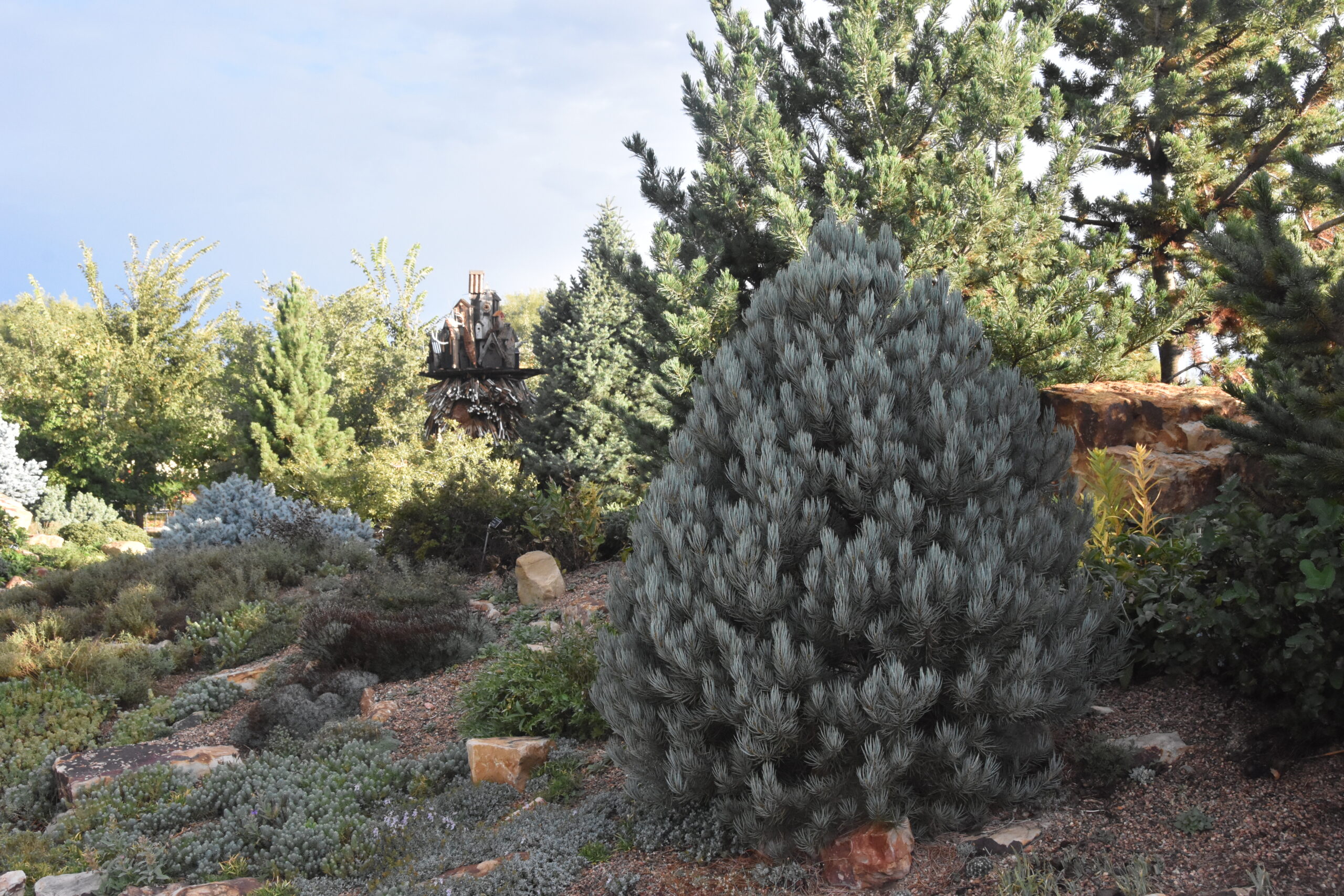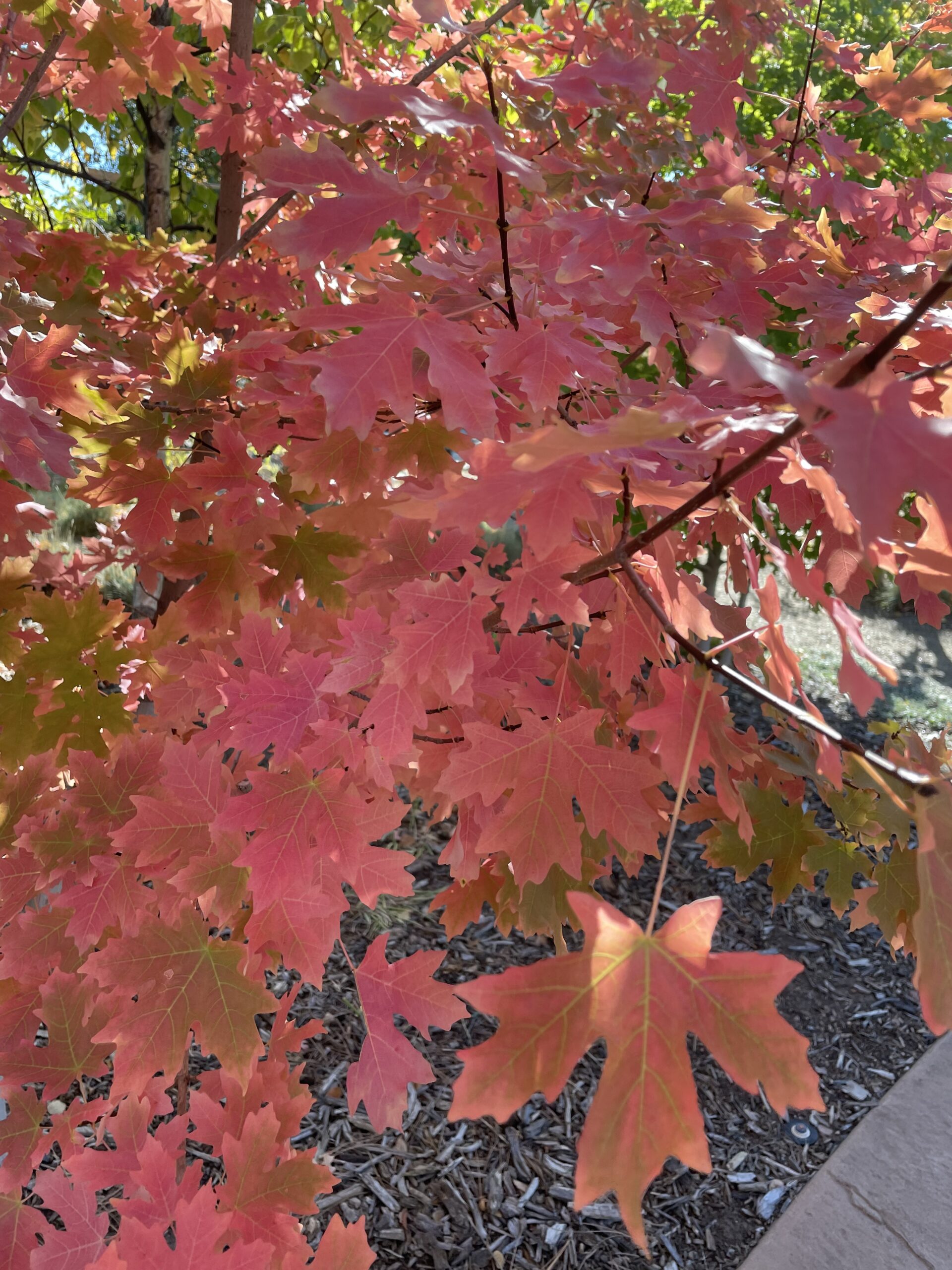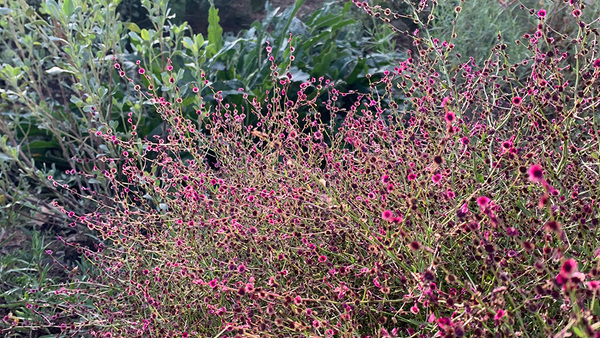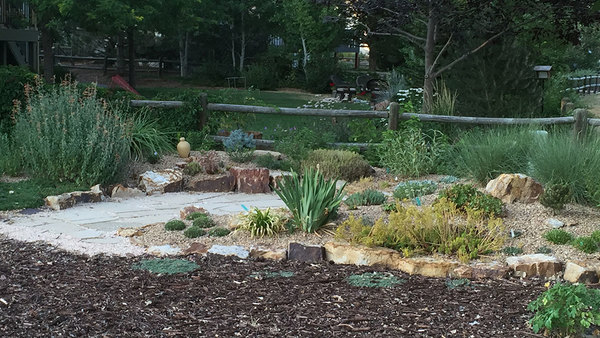
Many gardeners in the Mountain West struggle to find trees; especially attractive, well-behaved trees that excel in our harsh climate. Here, native trees must overcome frequent wildlife browsing and competition from invasive species that have rendered a few options landscape-obsolete. The list of appealing candidates for Rocky Mountain gardeners may feel as if it shrinks to a thinness reminiscent of the local soils. However, excellent options remain, and some—like the Colorado blue spruce—need no promotion. Below are native tree species for the Rocky Mountains that provide homeowners from plains to peaks with appealing options.
 |
 |
White fir
Abies concolor, Zones 3–7
Conifers are perhaps the first trees to come to mind when one thinks of the Rockies, and they are a natural fit for our gardens. White fir is an appealing option for sites that avoid extreme heat and receive regular irrigation or reliable winter snow cover. Neat and conical, white fir reaches 30 to 50 feet in height and half that in width, with refined, upright-facing, blue-green needles. Unlike spruce needles, which they loosely resemble, these needles are blunt-tipped rather than sharp.

Single-leaf pinyon
Pinus monophylla, Zones 5–8
Adapted more to heat, single-leaf pinyon is found in the western edges of our region. Smaller than white fir, this cousin of the Colorado pinyon—another excellent native tree—rarely exceeds 30 feet in height. Perhaps most appealing about this species is the diversity of dwarfs that can be found on the market in a variety of shapes and colors. With needles ranging from short and green to long and dusty blue, they make stellar focal points or garden accents. My favorite in recent years has been ‘Spring Creek Blue,’ a dense, teardrop-shaped tree that grows to 5 feet in a decade.
|
|
|
Gambel oak
Quercus gambellii, Zones 3–7
More appealing to the average homeowner, oaks represent what might be the most diverse genus of trees on the continent (think options!) and are one of the most widely used genera by native insects as a food source. Likely the most widely distributed in our region, the Gambel oak grows as a thicket-forming shrub or small tree, often with a suckering nature. A reliably sucker-free, single-trunk selection of Gambel oak is soon to be widely available in our region thanks to imminent promotion by the nonprofit Plant Select. Sold under the name ‘Gila Monster’, the tree should make a complement to our landscapes that’s as valuable to us as it is to wildlife. Gambel oak can grow 20 feet to 30 feet tall in good conditions with a 10- to 20-foot-wide spread.

Bigtooth maple
Acer grandidentatum, Zones 4–8
Native from mountains of the Desert Southwest to the Montana border, bigtooth maple is an ace in the hole for many of our gardens: a well-behaved native tree with exceptional fall color that adapts to a variety of planting sites. Trees typically are single trunked but branch profusely a short distance above the soil surface, producing a narrow, whisklike shape to 20 feet. Covered in small, classic “maple” leaves, they make incredible landscape accents in fall when leaves turn yellow, orange, and bright red. For the same reason that maple syrup is tapped in winter, it’s best to avoid winter pruning these maples; they will bleed sap profusely.
Tips and Care for Native Trees
Durable and adaptable, all of the trees in this piece succeed in our region with typical care during establishment. For the highest and harshest locations, look to white fir and Gambel oak, which, along with single-needle pinyon and bigtooth maple, grow well at mid and lower elevations with some watering.
When planting, check for and prune girdling roots, and ensure that trees are watered deeply through a healthy layer of mulch their first few years. Installing a cage to protect against wildlife is wise for rural and mountain areas, since those who wish to support wildlife through planting trees need those trees to live long enough to do so!
See more native plant suggestions for the Mountain West
Native Annuals and Biennials for Rocky Mountain Gardens
Penstemons Native to the Mountain West
Designing a Native Mixed Border in the Mountain West
Bryan Fischer lives and gardens at the intersection of the Great Plains and the Rockies. He is a horticulturist and the curator of plant collections for a local botanic garden.




















Comments
Log in or create an account to post a comment.
Sign up Log in